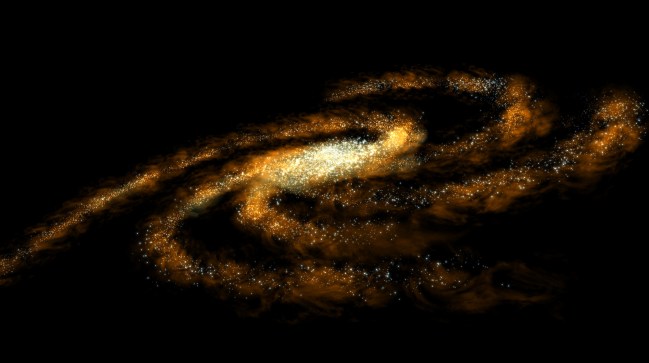
Scientists now estimate that there are as many as 50 billion planets in our own Milky Way galaxy, reports the AP. More interesting, 500 million of them may be in zones where life could exist. These numbers come, of course, from NASA’s Kepler telescope, which was launched specifically for scientists to search for other planets. Thanks to the mission’s success, NASA has been feeding us interesting information for weeks now.
The estimates come from counting how many planets have passed through Kepler’s view so far and extrapolating that number to the full size of the galaxy. So far, Kepler has found 1,235 objects that appear to be planets with 54 of those in a region they’re calling the “Goldilocks zone,” or in a close enough orbit to a star to be perfect for sustaining life–a region that is neither too hot nor too cold.
Breaking those numbers down, in our galaxy half of all stars have planets and 1 in 200 stars have planets in the Goldilocks zone. Scientists figure there are around 300 billion stars in our own galaxy, which may be one of only 100 billion galaxies.
Recently, NASA also got its first full 360 degree view of our own sun. To learn more about the Kepler mission, head to NASA’s Website.


